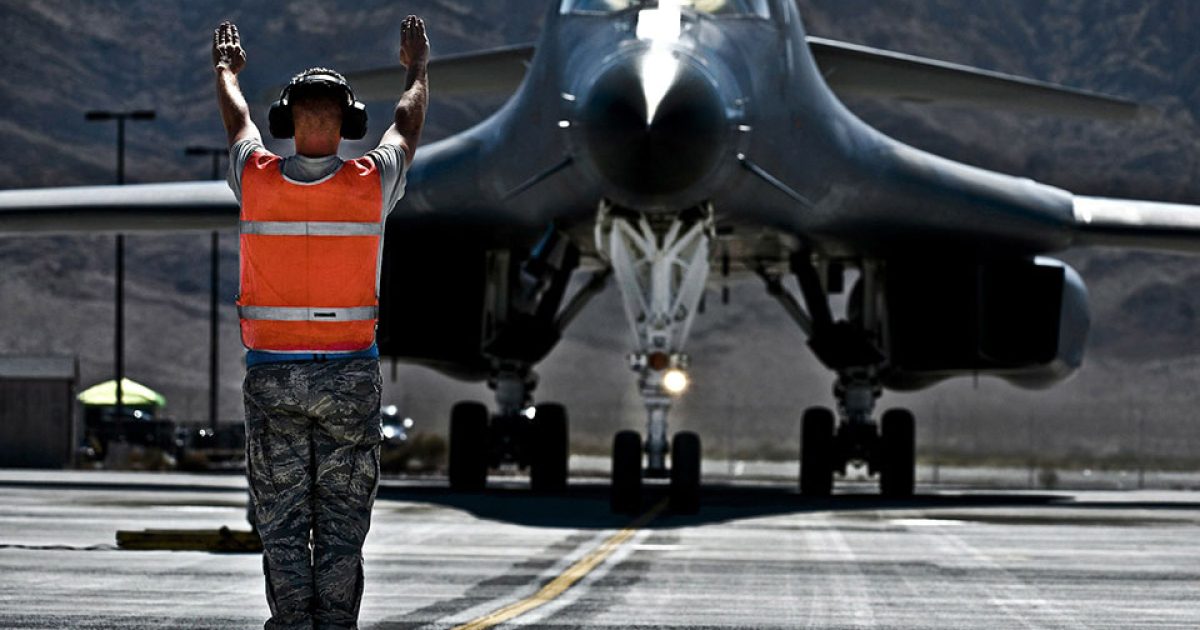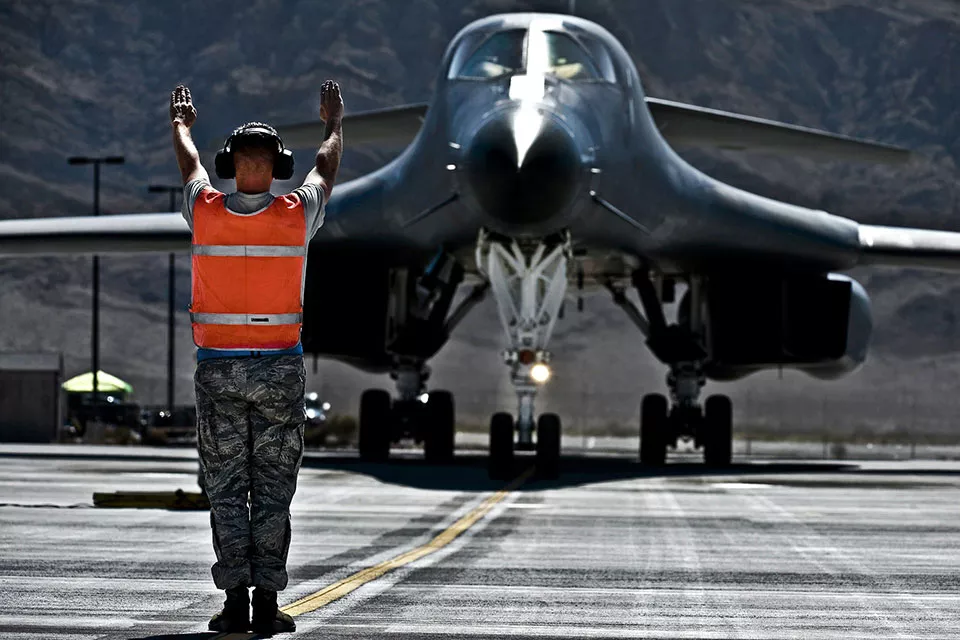Are you considering becoming certified for AS 9100 to enter the Aerospace and Defence industry? Planning for this undertaking can raise many questions. Here, we answer the most common questions our assessors receive when helping clients prepare to achieve this certification.
Whenever AS 9100 standards are considered by a company, that need usually comes from a previous business target: to enter the Aerospace supply chain, or to expand further into it. Before organisations can upgrade their certification capabilities, several topics need to be clarified during the planning stage. Find below a list of frequent questions our clients ask when preparing to achieve an AS 9100 series standard.
For quality, ISO 9001 is by far the most widely used standard in the industry but for the very high standards and safety criticality required in the Aviation, Space & Defence markets, the AS 9100 Series of Standards are used and mandated by many of the Primes, particularly in Aerospace.
These Standards have been developed specifically for the Aviation, Space and Defence sectors and are led by the aerospace industry. They build directly on ISO 9001 for quality as a foundation and add around 150 additional requirements reflecting the higher standards required in safety-critical industries. Similar type standards exist in other industry sectors, such as automotive and oil and gas.
There are three standards:
- AS 9100: applies to companies who manufacture products – typically the Prime OEMs (Original Equipment Manufacturers) and their suppliers. This is the most widely held standard.
- AS 9110: was developed for companies who service and repair equipment, often called MROs (maintenance, repair and overhaul).
- AS 9120: for distributors of equipment – companies who buy, sell and distribute aviation, space and defence equipment.
- Ensuring full traceability of parts – from raw material through to the finished, tested products, and subsequently throughout their life in service, and preventing the use of potential counterfeit parts or material
- Configuration management – to ensure that the correct parts, tools and equipment are always used
- Calibration and recall – ensuring that tools and measurement methods are fit-for-purpose and that processes enable control, traceability and recall of any components that may be out-of-specification
- Product safety – ensuring products perform to their intended purpose. Safety aspects include foreign object damage (FOD) prevention, Tool Control, effective maintenance, control of life-limited parts and airworthiness management.
- Staff – a major element of the standards is ensuring staff are trained, competent and fully understand and work to the required standards, with clear processes for change control, authorisation, certification and control and disposal of nonconforming products.
The overall aim of the Standards is to ensure that every component that leaves a facility is fully compliant with all relevant customer and regulatory requirements, and fit-for-purpose.
Yes, there are processes in place to enable customers to change their Certification Body at any point in the 3-year certification cycle.
As they build directly on ISO 9001, companies must be certified to both ISO 9001 and the respective AS 9100 standard. They are also designed to work with, and complement, other standards such as ISO 14001 for Environment Management Systems, ISO 45001 for Safety Management Systems and ISO/IEC 27001 for Information Security. It is common for companies to be certified to multiple standards depending on the needs of their business and customer requirements.
Absolutely! We are always happy to talk through options and requirements with no obligation to proceed and can provide free quotations for any standards you may be interested in. Please phone us on Freecall 1800 686 739 or email us at: info@tqcsi.com.
If you didn't find your answer here, contact us. We will gladly clarify any questions you might have, free of cost.
Know more about the ASD Quality Management Systems ( AS 9100, AS 9110, AS 9120)


